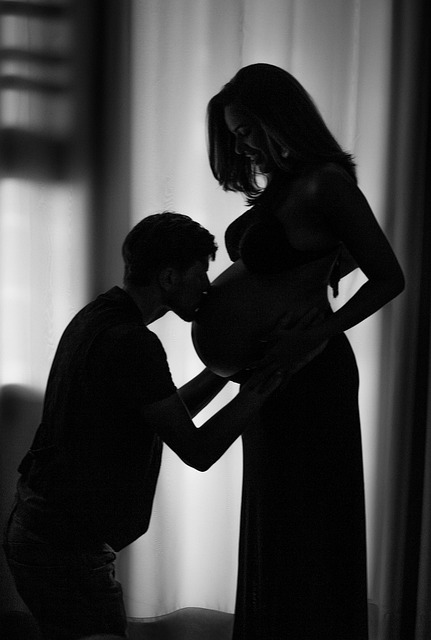I was in the classroom when the Columbine High School tragedy unfolded. One of my students rushed in during class, turning on the TV to reveal the horrifying scene. We watched in disbelief as footage of terrified children streaming out of the school appeared on the screen, some covered in the blood of their peers. The news anchors struggled to report on the number of shooters and casualties, while we sat in stunned silence, unable to process the magnitude of the horror.
At that moment, fear was not our primary emotion; sadness prevailed. We had no inkling that this would mark the beginning of a grim new reality filled with lockdown drills and innocent young lives lost in their own classrooms.
Fast forward to recent discussions around school safety, where I witnessed families and educators affected by gun violence share their heart-wrenching experiences with lawmakers, including the President. Amidst these conversations, the suggestion arose—once again—that teachers should carry firearms.
Let me be clear: a classroom filled with children is not the place for a loaded gun. Teachers are educators and mentors, not trained soldiers or law enforcement officers. Even if some educators willingly embrace the idea of being armed, there are numerous reasons why this is a fundamentally flawed proposal.
The primary role of a teacher is to educate and support students. Their focus should remain on fostering a safe and nurturing learning environment, not on the possibility of engaging an armed assailant. Unlike police officers or military personnel, teachers do not undergo extensive training to react swiftly and effectively in life-threatening situations.
Imagine the chaos: a shooter opens fire in a school. Police are alerted and rush to the scene. In the midst of their response, a teacher, who moments ago was teaching a lesson on geometry, is suddenly thrust into a life-or-death scenario. The likelihood of any civilian, even one who has received some training, making sound decisions under such immense pressure is exceedingly low. Law enforcement officers face challenges as well; in high-stress scenarios, they have an average accuracy rate of just 18% when engaging with an active shooter.
Consider the potential confusion when police arrive at a scene where a teacher is in a confrontation with a gunman. Who is the good guy, and who is the threat? The presence of multiple armed individuals only complicates the situation and could result in tragic misidentifications.
Some argue that the mere knowledge of armed teachers might deter potential shooters. However, many of these attackers are on suicide missions, not intending to escape. The presence of armed guards has not prevented tragedies, as seen in Columbine and Parkland, Florida.
Let’s also address the safety risks that come with having firearms in classrooms. As a petite individual, I can confidently say that it wouldn’t take much for a determined student to disarm an educator. The notion that students wouldn’t notice which teachers are armed is naive; they are perceptive and aware. As a parent, I would want to know if my child is in a classroom with a loaded weapon.
Moreover, I’ve witnessed teachers lose their temper or react impulsively in stressful situations. While most educators maintain composure, it’s crucial to recognize that not all do. This factor must be taken into account when discussing the proposal to arm teachers.
The solution to school safety does not lie in increasing the number of firearms in education settings. Instead, we ought to explore alternative measures, such as stricter gun regulations and programs aimed at addressing the needs of at-risk youth. For a deeper understanding of the complexities surrounding this issue, check out this insightful resource on pregnancy and home insemination that may offer additional perspectives.
In summary, arming teachers is not the answer. We must prioritize creating safe learning environments free from firearms, focusing on prevention and support rather than heightened risks within our schools.
